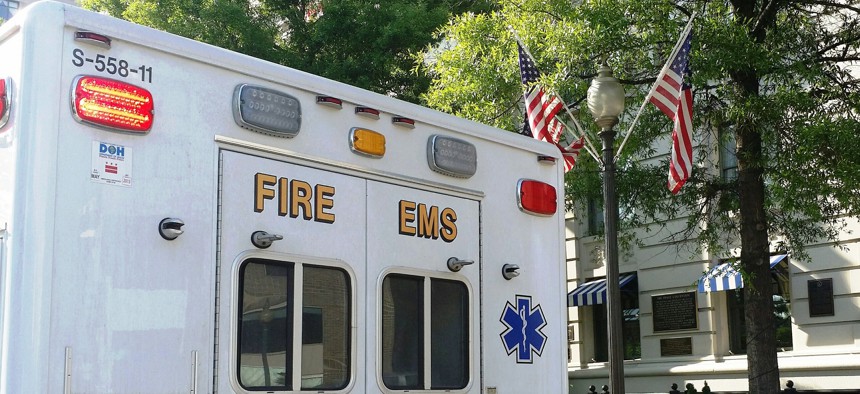
First Responder Network Authority
DARPA Tests Dirty-Bomb Hunting Ambulances
You may not have known it, but some D.C. ambulances were searching for radiation while they drove.
For the past seven months, some Washington, D.C., ambulances have been doing double duty: simultaneously responding to emergencies and scanning the city for nuclear threats.
A Pentagon research program aiming to detect “dirty bombs” and nuclear threats recently outfitted fire and emergency medical services ambulances with radiological detectors they used to draw out a map of radiation levels in the city. The Defense Advanced Research Projects Activity's nuclear threat detection program, called SIGMA, wrapped up testing last month.
In its search for radiological phenomena, DARPA installed about 73 detectors on the ambulances, which travel across the city each day responding to medical and fire emergencies. The detectors gathered about 100,000 hours of data and traveled a total of about 150,000 miles.
The detectors were plugged into the ambulance and reported back to DARPA in real time, so ambulance operators didn't need any training.
DARPA may refine the system so it can eventually be deployed in other cities across the country, including to active duty military units and National Guard civil support teams, according to program manager Vincent Tang. The program may also consider incorporating other vehicles in addition to ambulances.
The DARPA program has developed another radiation detector model the size of a smartphone; one day in October, the agency asked about 1,000 volunteers to carry them around the National Mall.
The detection systems may be transitioned to state, local and federal groups as early as this year.



